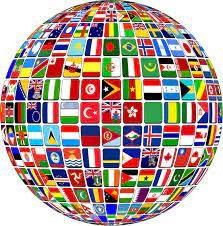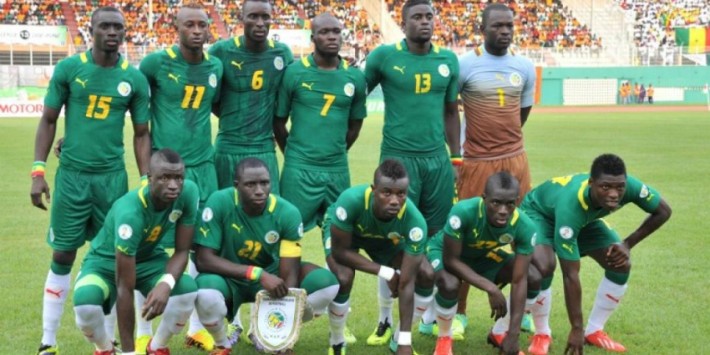World Cup Group Stage: What Happens If Teams Are Tied?
As teams across the globe battle it out in their second group-stage matches at the World Cup, fans are closely watching the standings—particularly in tightly contested groups. While the top two teams in each group advance to the knockout stages, ties on points are common and can complicate the road to qualification.
To address these scenarios, FIFA has outlined a clear set of tie-breaking rules in its tournament regulations. Here’s how qualification is determined when teams finish the group stage level on points:
Overall Goal Difference
The first deciding factor is goal difference—goals scored minus goals conceded across all group matches. The team with the higher goal difference ranks higher.
Most Goals Scored
If goal difference is equal, the next criterion is the total number of goals scored in all group matches. A more prolific attack can give a team the edge.
Points in Head-to-Head Matches
If teams are still tied, FIFA looks at the points obtained in matches played between the tied teams.
Goal Difference in Head-to-Head Matches
Should the head-to-head points be equal, the goal difference in those direct encounters is considered.
Goals Scored in Head-to-Head Matches
If teams remain level, the number of goals scored in matches involving only the tied teams becomes the next criterion.
Drawing of Lots
If all else fails, FIFA resorts to the ultimate decider: the drawing of lots—essentially a random draw to determine who advances.
These rules ensure a systematic approach to resolving ties, though the final criterion—a draw—adds a dramatic twist that teams are keen to avoid. As the group stage progresses, fans and analysts will be crunching numbers to see who edges closer to the coveted Round of 16.











